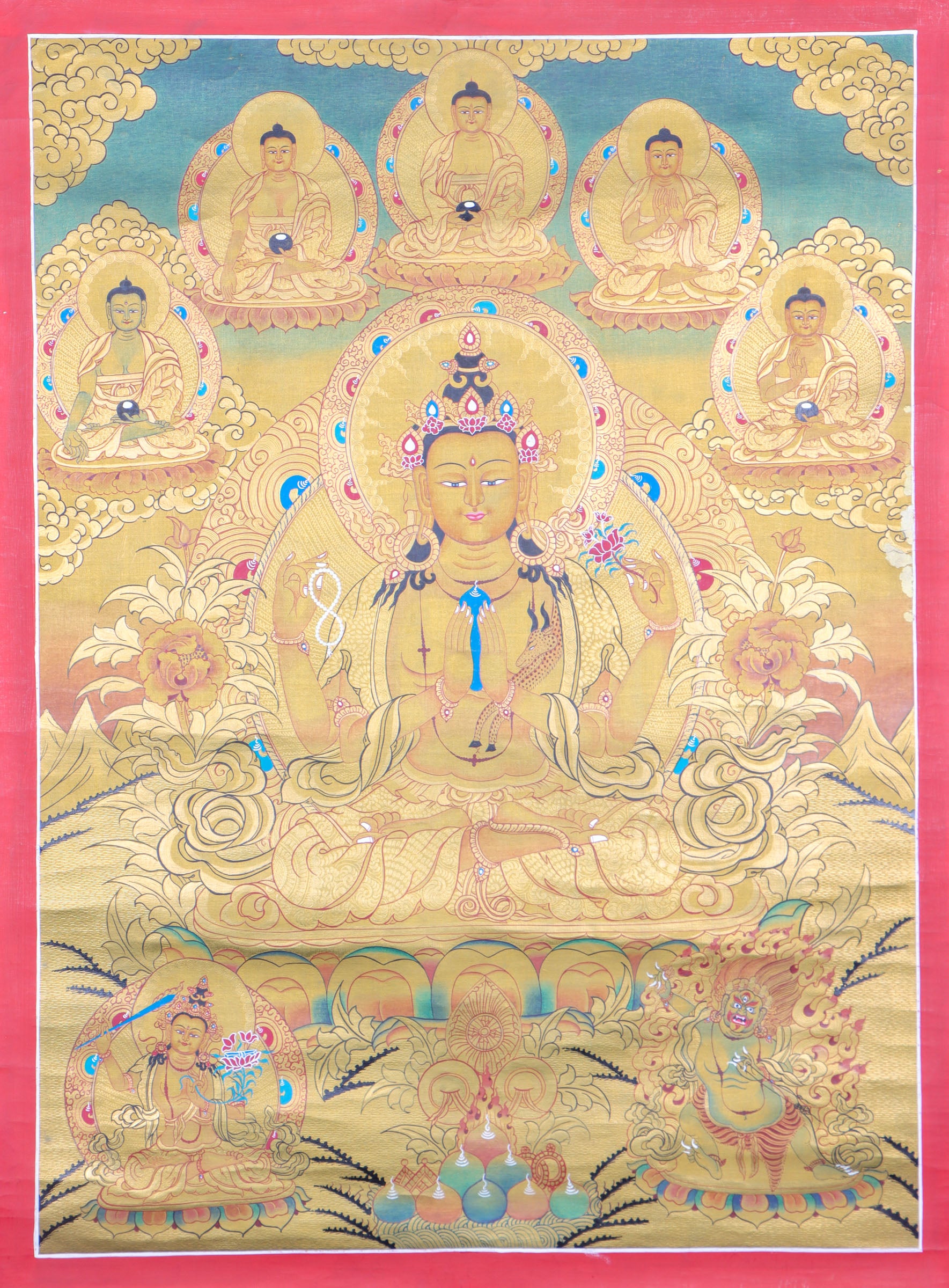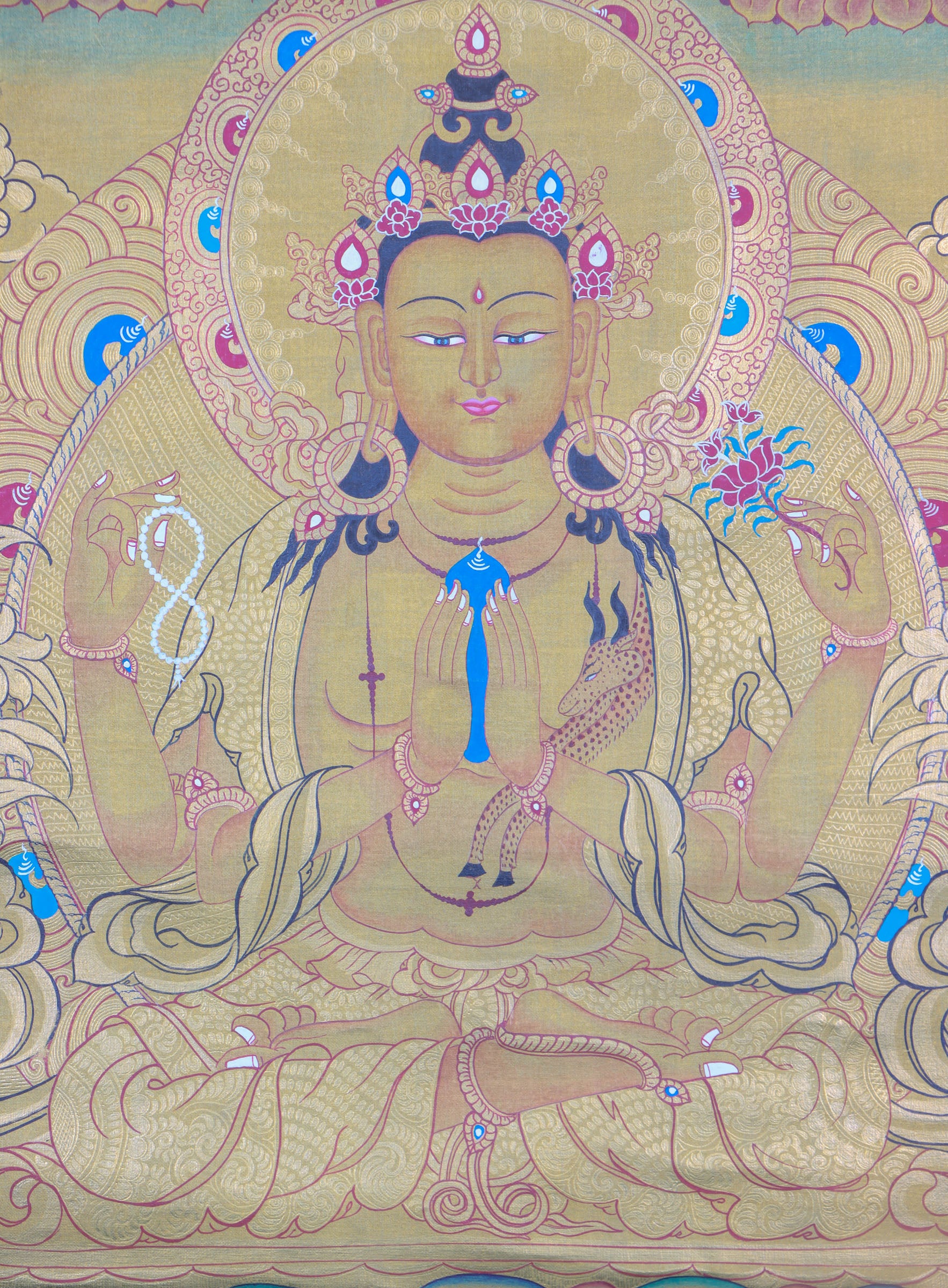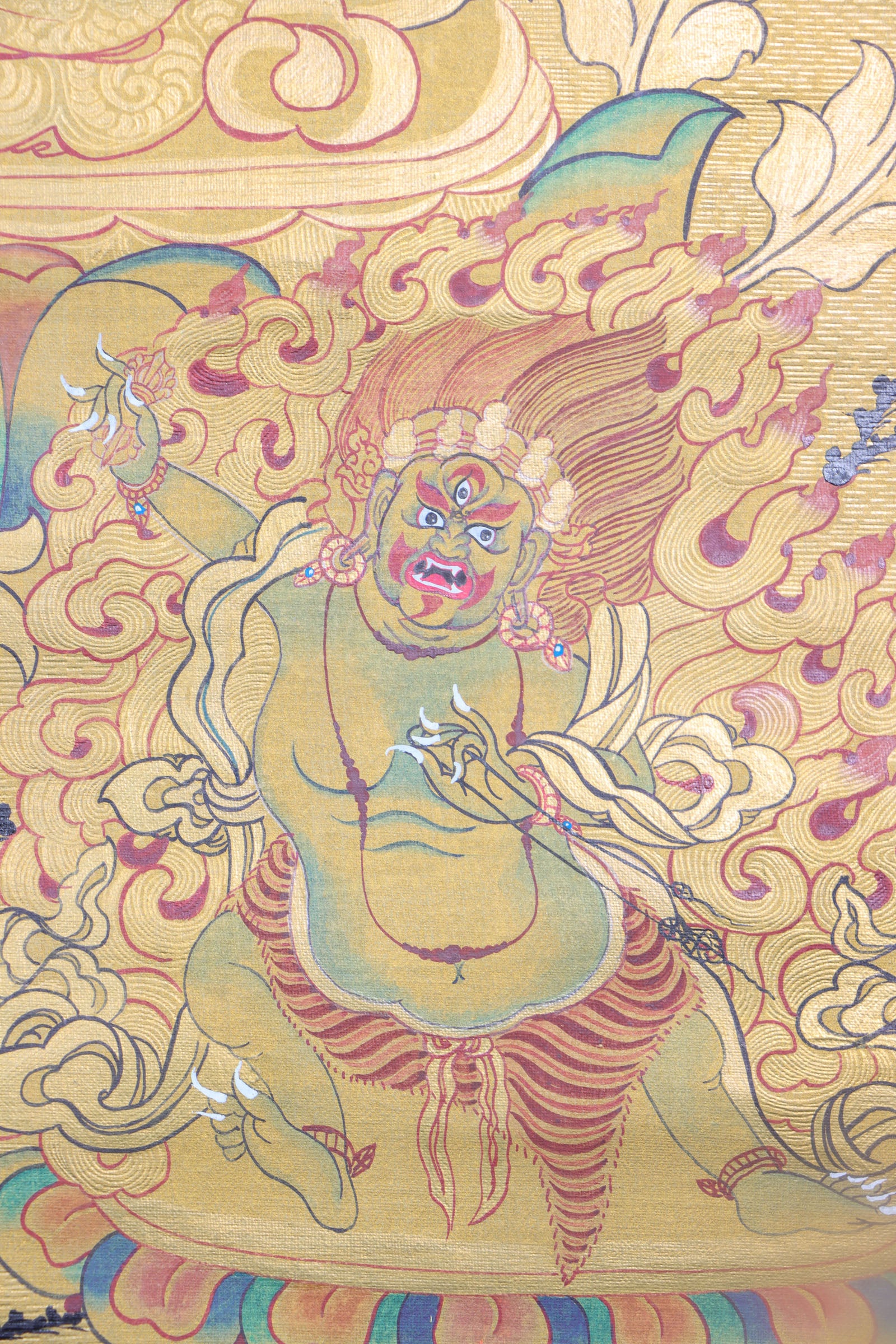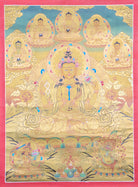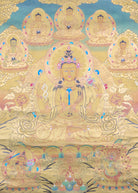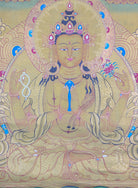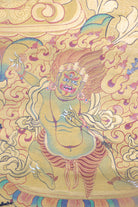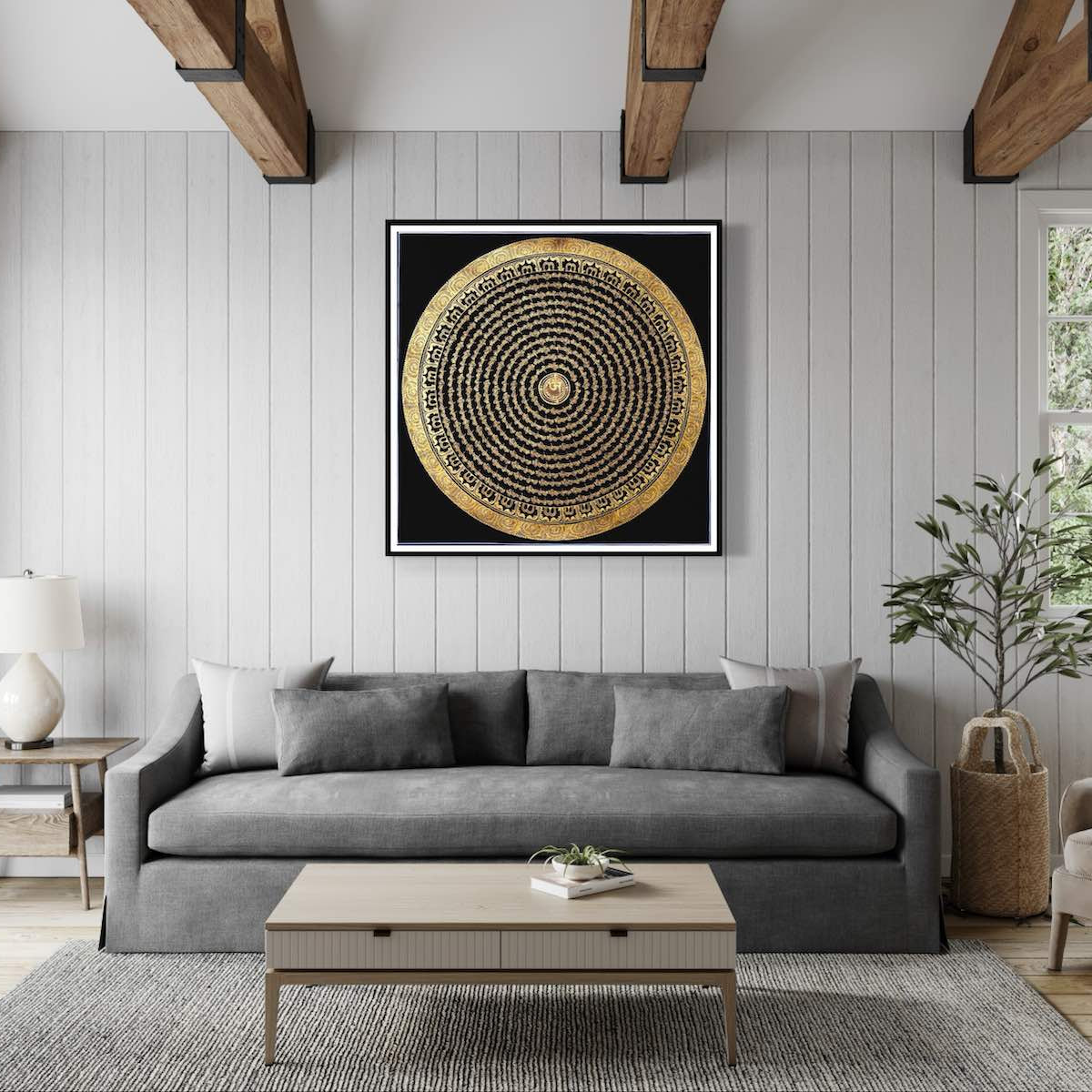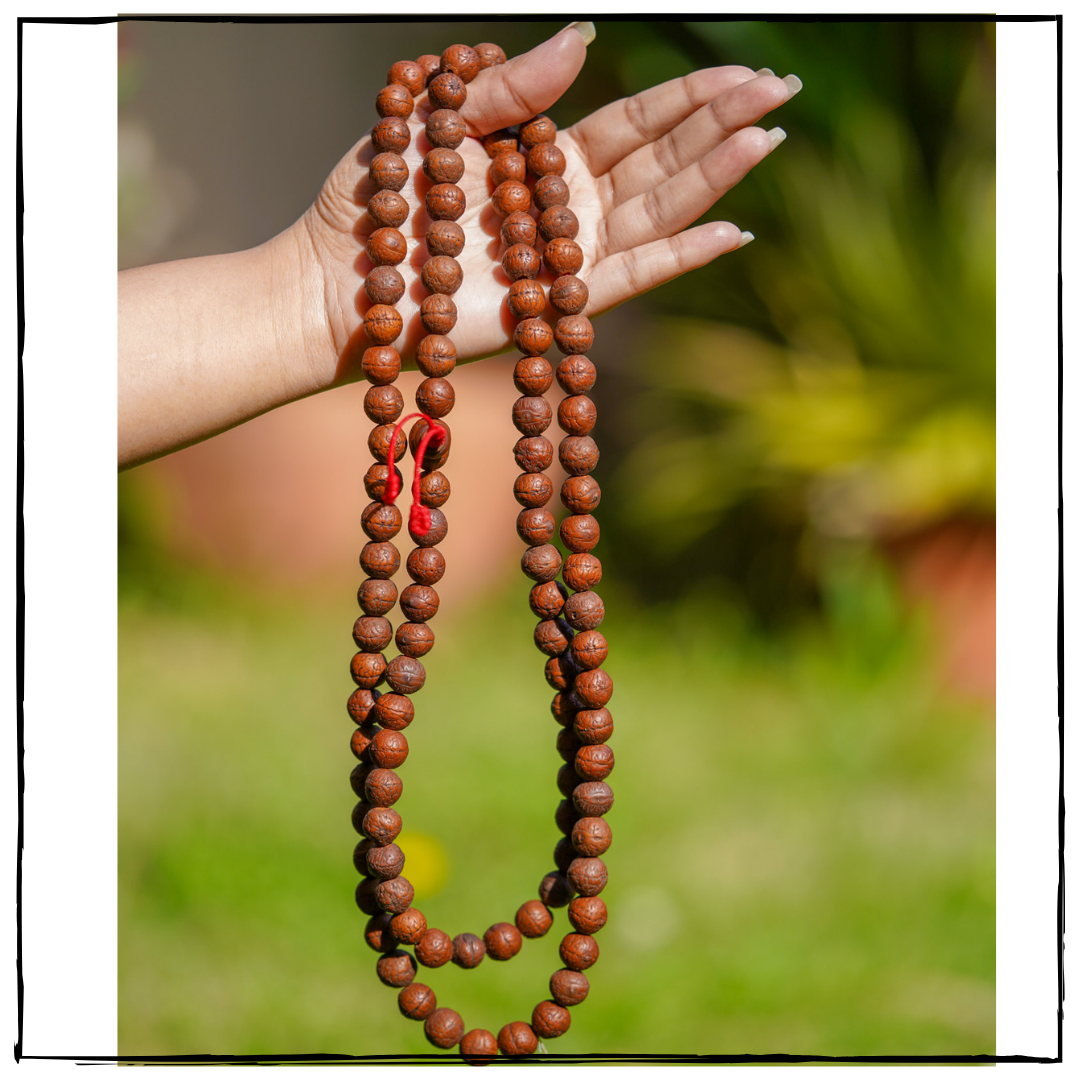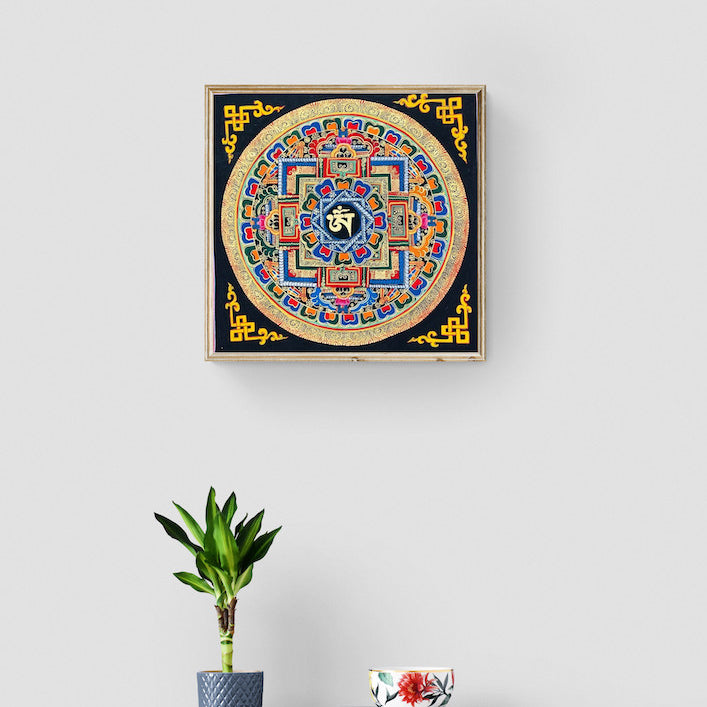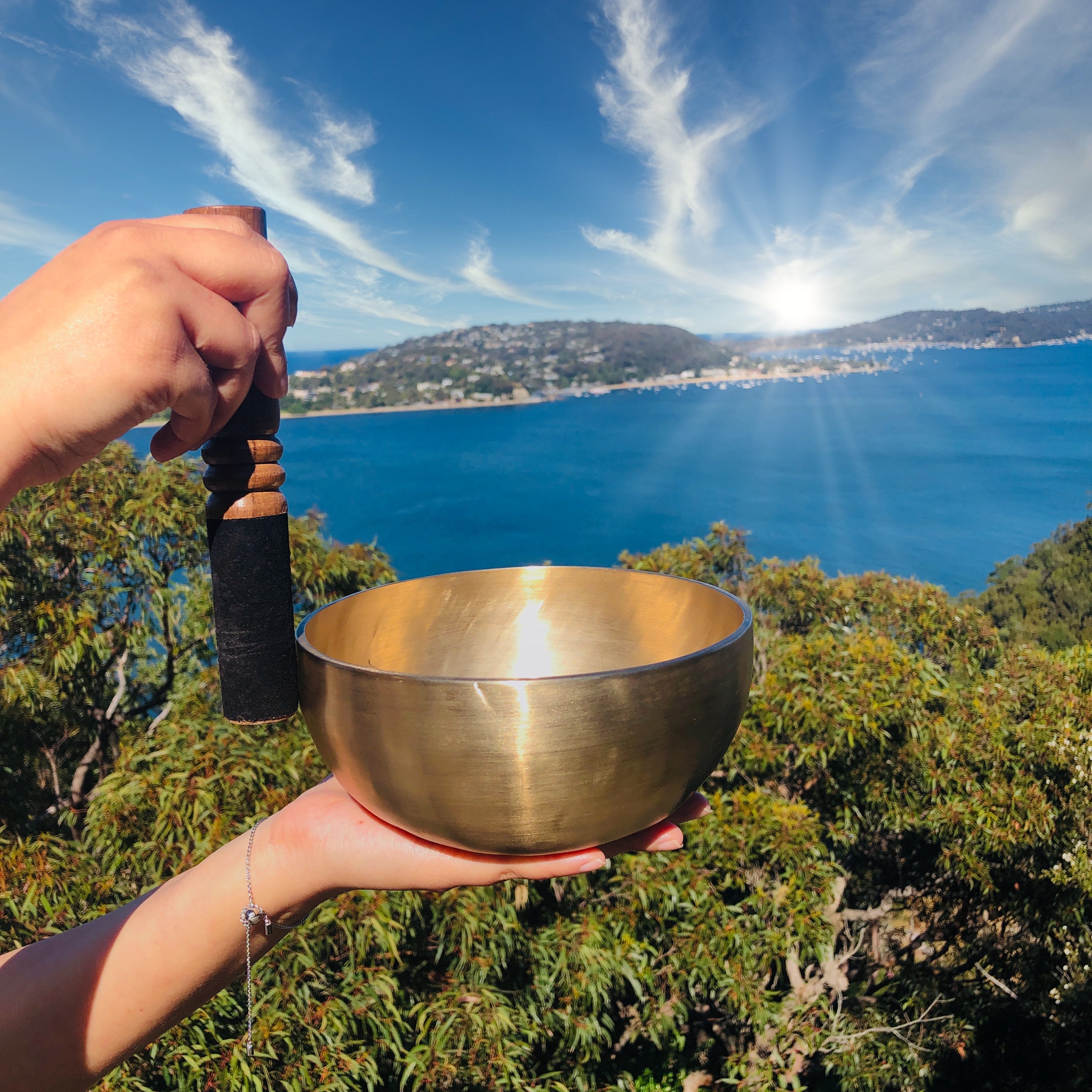Chengresi Thangka Painting
Couldn't load pickup availability
Description
Chengresi Thangka Paintings, are traditional Tibetan Buddhist artworks distinguished by complex and meticulously detailed depictions of Avalokiteshvara or Chengresi, the Compassionate Bodhisattva. Often used for meditation or veneration, these works are admired for their artistry and reverence.
Chengresi is shown with four arms, each with symbolic items that illustrate his capacity to aid all living beings. The mala beads signify prayer, the lotus stands for purity, the jewel denotes miraculous power and the water flask symbolizes healing. This Thangka is a depiction of Chengresi's compassion, and his commitment to alleviating sentient beings' suffering. The objects in the four hands represent purity (lotus), endless recitation (mala), and the capacity to fulfill aspirations (jewel). Thangka paintings often have ornate backgrounds with significant components.
Tibetan artists craft Chengresi Thangka Paintings with cotton/silk canvas, mineral pigments, and meticulous brushwork. This work of art is highly valued in monasteries, temples, and homes for their spiritual/philosophical representation of Avalokiteshvara's divine qualities/compassion. Additionally, this Thangka Painting can also be used as a meditation aid.
Product Specification:
- Hand Painted
- Materials: Semi-Precious Natural Minerals
- Base: Cotton Canvas
- Origination: Nepal

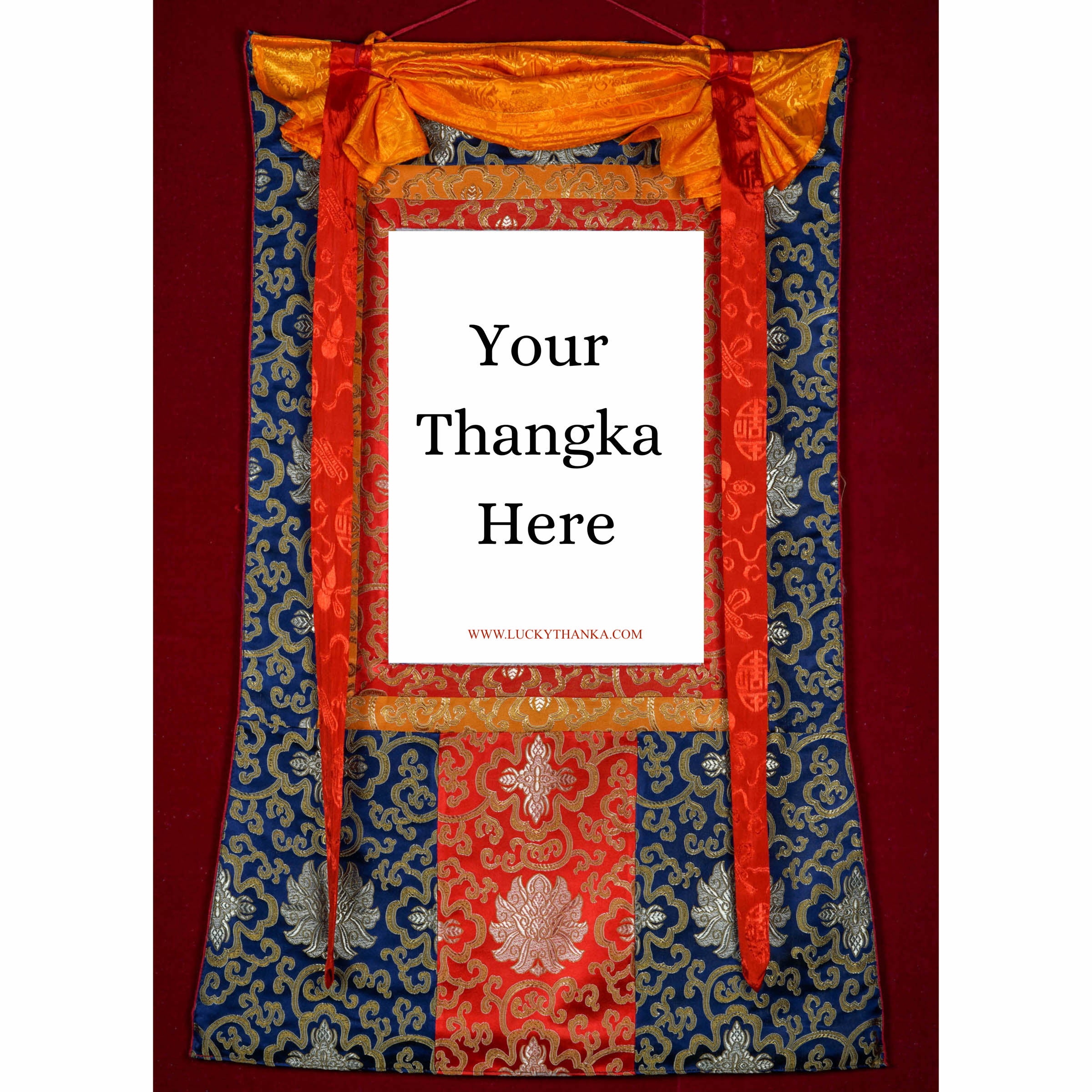
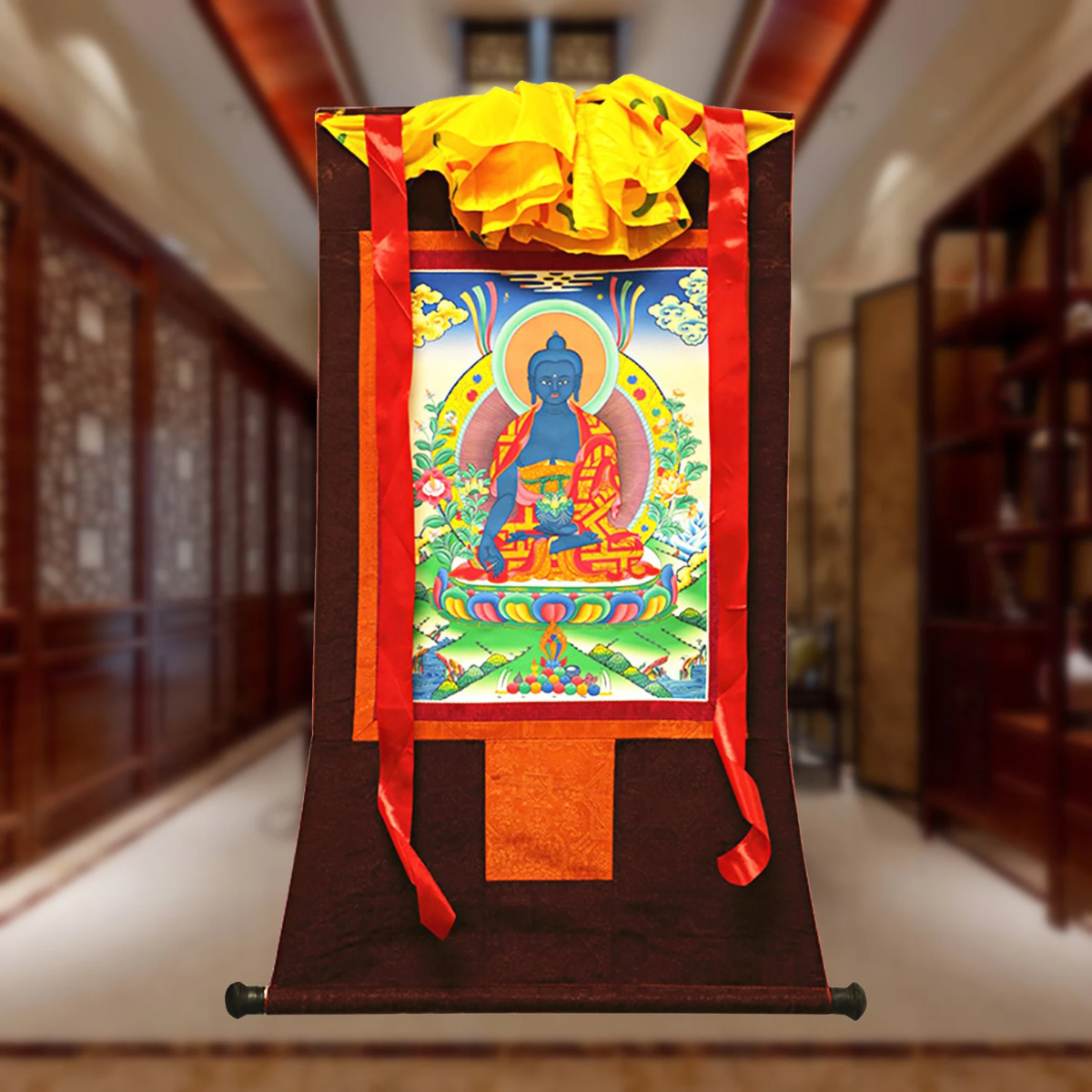
Hand Embroidery Brocade
Want to add a Brocade to your beautiful Thangka Painting? Traditional Style Brocade has been one of the most popular form of mounting as it has a greater religious merit.
Note: Make sure you have added the Thangka to your cart first.
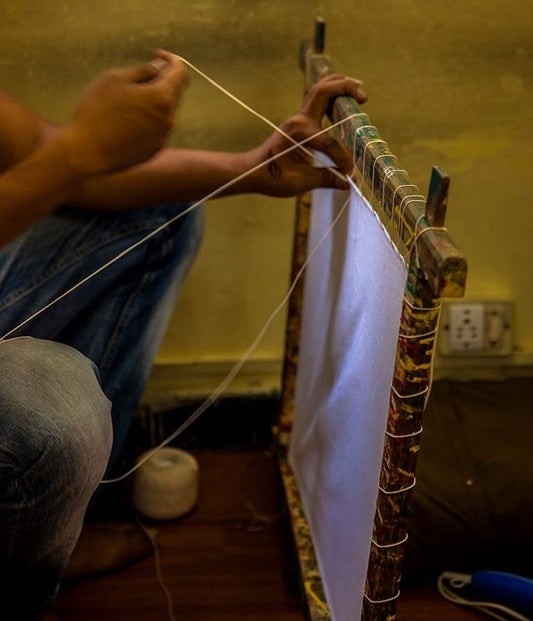
100% Cotton Canvas
Preparing the Cotton canvas before starting to paint a Thangka. This process includes washing, drying, stretching, sizing and everything needed to make a perfect base for the thangka to last for centuries.
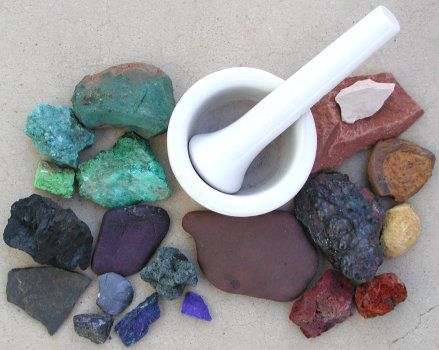
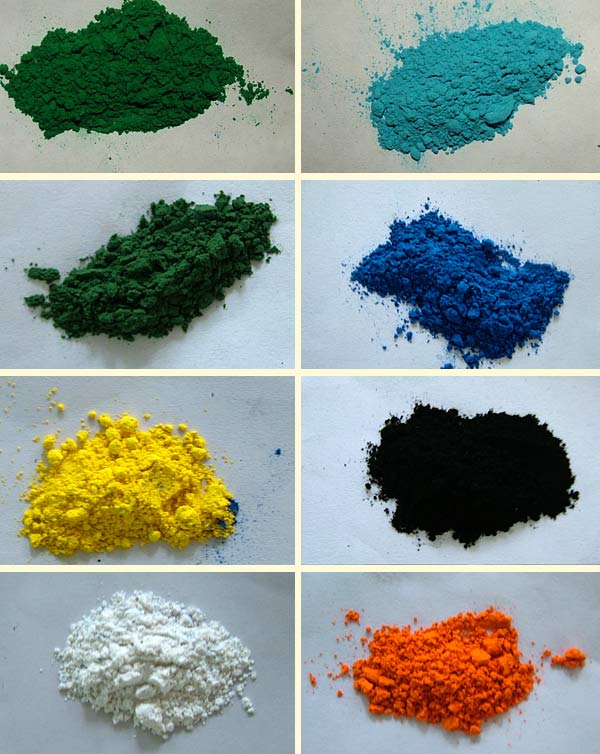
Natural Minerals
Thangka Paintings are painted using the natural minerals. These are firstly grind into the powder form and then used in the thangka as a paint.



